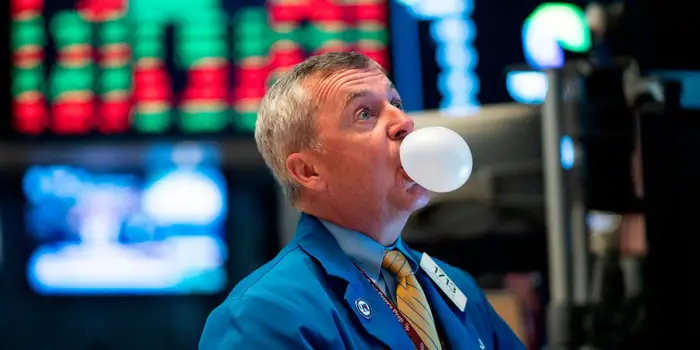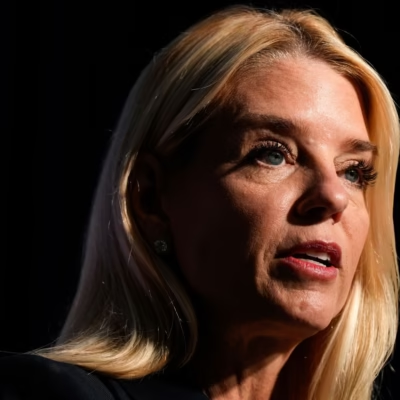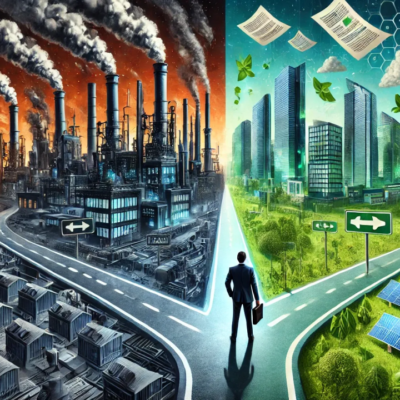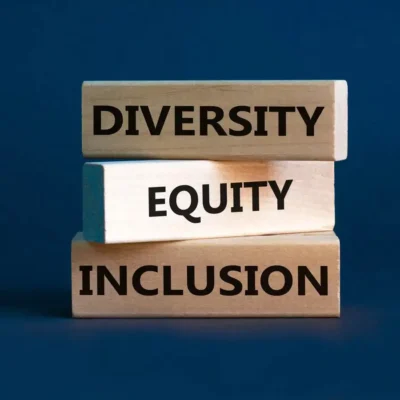Tech Bubble Warning is no longer just a theory. UBS, one of the world’s top investment banks, has issued a serious alert, stating that the signs of a technology-driven market bubble are “almost all met.” For investors, analysts, and even casual market watchers, this is a red flag they cannot afford to ignore.
The last time we saw such alarming commentary was during the dot-com era of the early 2000s, and more recently, the 2021 tech frenzy that fueled the rise (and fall) of many speculative stocks. But is 2025 really shaping up to be another bubble year? UBS thinks the evidence is overwhelming.
Let’s break down what’s happening, why UBS is raising this red flag, and what it means for your portfolio or your understanding of financial markets.
What Does a Tech Bubble Look Like?
Before diving into the current situation, it helps to understand what a tech bubble is.
In simple terms, a tech bubble happens when the prices of technology stocks (or the broader sector) increase far beyond their actual worth or earnings potential. This rise is often driven by:
- Investor hype
- Speculation
- Easy access to money (low-interest rates)
- Overconfidence in future technologies (often without real earnings)
Eventually, these bubbles burst—leading to sharp losses, mass panic, and economic consequences.
UBS’s Tech Bubble Warning: The Evidence
UBS says we’re dangerously close to a bursting point. Here’s what they’re looking at:
1. Extreme Valuations
Many tech stocks are trading at Price-to-Earnings (P/E) ratios that are historically high. In some cases, companies are valued more on future expectations than on current profits.
For example:
- AI companies with little revenue are worth billions.
- Cloud and SaaS firms have seen meteoric valuation jumps.
- Tech indexes like Nasdaq-100 are nearing record highs again.
2. High Retail Participation
Retail investors (individuals trading on platforms like Robinhood or Zerodha) are back in full force. UBS points out that many of these traders are chasing momentum, not fundamentals.
This behavior mirrors the GameStop/AMC craze of 2021 and the dot-com mania of 1999-2000.
3. Media Hype and FOMO
Mainstream media is full of tech success stories and “unmissable” investment opportunities. The rise of AI, robotics, and quantum computing has fueled headlines that generate FOMO (fear of missing out).
When the hype cycle outruns actual innovation, it’s a classic bubble signal.
4. Record-Breaking IPOs and SPACs
UBS notes that we’re seeing another wave of IPOs (Initial Public Offerings) and SPACs (Special Purpose Acquisition Companies), many of which are tech-based.
Some of these firms:
- Have no profits
- Barely have products
- Yet are valued in the billions
This speculative frenzy is a dangerous echo of 2000 and 2021.
5. AI and Tech Narratives Are Overheating
Artificial Intelligence is the poster child of the current rally. While AI is undoubtedly transformative, UBS warns that overenthusiasm has created unrealistic expectations.
Investors are pouring money into anything labeled “AI,” often without understanding the tech or the business model.
Why UBS’s Tech Bubble Warning Matters Now

UBS is not sounding the alarm for fun. As a global financial institution, it bases warnings on real research, historical analysis, and market signals.
Their conclusion is serious:
“Almost all criteria for a tech bubble are currently met.”
This matters because:
- Corrections can be brutal: If the bubble bursts, tech stocks could drop 30%–60%.
- Global impact: Tech drives many economies today. A collapse affects jobs, GDP, and innovation cycles.
- Investor psychology: Panic spreads quickly. One big crash can shake market confidence for years.
Comparing 2025 to the Dot-Com Bubble
Let’s take a quick side-by-side comparison:
| Feature | Dot-Com Bubble (2000) | Current Tech Cycle (2025) |
|---|---|---|
| Hype Topic | Internet | Artificial Intelligence |
| Retail Involvement | High | Extremely High |
| Company Profits | Mostly unprofitable | Mix of profitable/unprofitable |
| IPO Frenzy | Massive | Back in action |
| Media Narrative | Internet revolution | AI and automation |
| Valuations | Excessive | Extremely aggressive |
It’s clear: we are walking down a similar path, even if the players and technologies are different.
What Should Investors Do?
If you’re reading this as an investor or trader, here’s some practical advice:
1. Reassess Your Portfolio
Check if you’re overexposed to high-growth tech or speculative startups. Diversification matters more than ever.
2. Look for Real Value
Focus on companies with:
- Solid cash flow
- Real customers
- Sustainable business models
Avoid chasing the next shiny AI coin or startup IPO unless you’ve done deep research.
3. Avoid Herd Mentality
Just because everyone’s buying doesn’t mean it’s a good idea. Fear and greed are powerful, but logic and patience are your friends in investing.
4. Don’t Try to Time the Crash
You don’t have to sell everything. But being cautious and informed can help you avoid the worst of a possible correction.
Counterarguments: Is It Really a Bubble?
Some analysts argue this is not a bubble, and UBS may be overstating the risk. Their reasons include:
- AI and tech productivity could truly justify higher valuations.
- Many current firms are profitable, unlike the dot-com days.
- Global adoption of tech is increasing—creating real, sustained demand.
However, even optimists agree: certain segments of the tech market are overheated.
What Happens If the Bubble Bursts?
If UBS is right and the bubble pops, here’s what we could see:
- Massive sell-offs in tech-heavy indices like the Nasdaq.
- IPO market freeze, with startups delaying or canceling listings.
- Layoffs in overvalued tech firms that scaled too fast.
- Spillover effects on other sectors tied to tech (logistics, media, advertising).
Just like in 2000 and 2021, the aftershock could lead to:
- More regulation
- Tighter investor guidelines
- Increased demand for financial education
How Did We Get Here Again?
Many wonder how we ended up back in bubble territory just a few years after the pandemic-driven crash. Several factors played a role:
- Loose monetary policy: Central banks kept interest rates low for too long.
- Stimulus money: Extra cash fueled retail trading booms.
- AI narrative: Real breakthroughs in ChatGPT, robotics, and cloud computing created a gold rush.
- Social media hype: Twitter, Reddit, and YouTube amplified excitement around certain stocks and sectors.
All these formed the perfect storm.
UBS’s Final Verdict: Stay Alert
UBS isn’t saying the crash will happen tomorrow. But they’re warning that investors need to prepare—mentally and financially.
They are not calling for panic but for prudence.
Conclusion: The Tech Bubble Warning Is a Wake-Up Call
The tech bubble warning from UBS should not be ignored. Whether you’re a seasoned investor, a beginner, or just a curious observer, now is the time to stay informed, cautious, and diversified.
We’ve seen this pattern before—bubbles filled with hype, hope, and big money. And when they burst, it isn’t pretty.
Will 2025 be another 2000 or 2021? No one knows for sure.
Read Next – AI Bubble and Big Tech Valuations: Are R&D Tax Breaks Fueling a Risky Surge?






